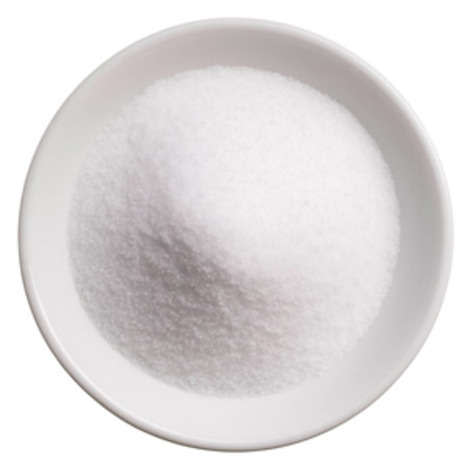The Easiest Way to Cut Down on Salt
by Anna Maltby

Here's a crazy stat: Only three percent of Americans consume the Institute of Medicine's recommended 1,500 mg or less of sodium per day (the upper limit, FYI, is 2,300). That's a bad thing, since high sodium consumption raises blood pressure, which is a risk factor for heart disease and stroke.
"It is difficult to adhere to guidelines for sodium intake because sodium is very common in the food supply," Cheryl Anderson, Ph.D., of the University of California at San Diego School of Medicine's Division of Preventive Medicine, told SELF. "To meet guidelines, it is recommended that Americans prepare and consume fresh foods instead of packaged or processed foods." Which, let's face it, is way easier said than done.
See more: Look Better Naked
So a new study from Anderson and her team of researchers is promising: They tested out an intervention focusing on teaching participants to flavor their food using herbs and spices, and found that by the end of the study period, compared to a control group, the intervention group was taking in significantly less sodium. The study was designed in two phases -- in phase one, everyone (including the control group) was fed a low-sodium diet with foods flavored with herbs and spices. For example:
* Meat flavored with a rub made from olive oil, coffee extract, cherry extract, smoke paprika and smokehouse pepper
* Spreading olive oil flavored with garlic powder on unsalted bread before making grilled cheese
* A marinade made with lime juice, black pepper, garlic powder, smoked paprika, onion powder and honey
(Uh, yum!)
See more: 6 Moves To Resize Your Butt and Thighs
In phase two, control group participants were left to their own devices, while intervention participants were encouraged to use their favorite herbs and spices to flavor their foods.
"Individuals were encouraged to purchase fresh foods, and to cook at home using spices and herbs to flavor foods. Eating foods that taste good are important for adherence to healthful eating, and we encouraged them to share how they were modifying their recipes to remove sodium and flavor with herbs and spices," Anderson says. "We also addressed issues such as problem-solving; cultural influences on diet; diet monitoring; overcoming barriers to making dietary changes; choosing and ordering foods when eating out; and making low-sodium intake permanent."
In the end, while both groups reduced their sodium intake, the intervention group was able to reduce it much more than the control group, suggesting that learning to prepare healthy foods that taste great to you is a long-term, effective way to eat less salt. We're all for it!
For more heart-healthy recipe ideas, click here.
More from SELF:
Drop Two Pounds in One Week!
20 Superfoods For Weight Loss
Secrets To Firing Up Your Metabolism

